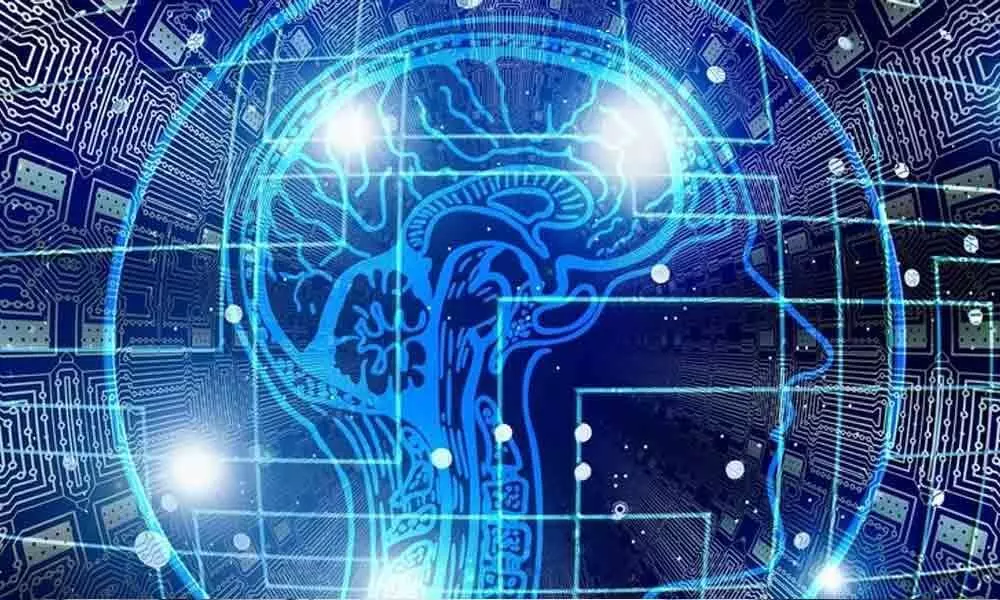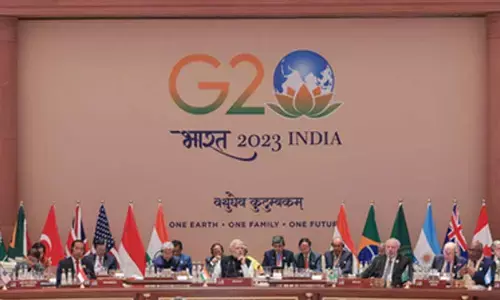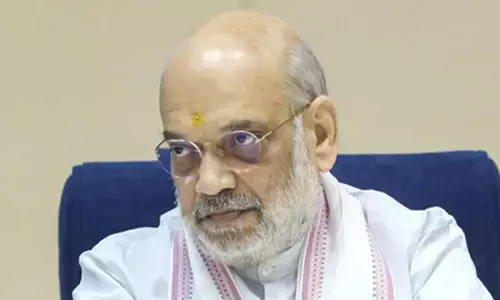Digital learning 2.0: These 4 trends are defining how we learn now

With the advent of massive open online courses (MOOCs) almost a decade ago, learning entered its own period of digital disruption.
With the advent of massive open online courses (MOOCs) almost a decade ago, learning entered its own period of digital disruption. Digital Learning 1.0 (the age of the MOOCs) catalyzed the democratization of learning by providing digital access to content that had previously been limited to face-to-face. Coursera, Udemy and Udacity were the early pioneers in digitalizing content and making it accessible to millions around the world.
However, learning objectives have evolved. It's no longer just about knowledge and access. Skills are the new currency. We can't learn soft skills by merely watching videos and taking quizzes; instead, it's time to move beyond those traditional approaches towards a new digital learning paradigm.
So what's next? Here are four major trends that are defining that new paradigm: Digital Learning 2.0.
1) The rapid growth of the mobile workforce. According to market intelligence firm IDC, there were over 1.3 billion mobile workers globally in 2015 and PWC forecasts over 1 billion mobile workers in Asia alone by 2020. As more workers are mobile and work remotely, the demand for mobile solutions that can deliver quality content anytime, anywhere, will continue to increase.
2) Smartphone penetration rates have already surpassed 30% globally and research indicates that by 2021, there will be more people with smartphones than have access to clean water. Given cell network advances and the rapid adoption of 4G+, more than half of the world's population is now connected to the internet via a mobile phone.
The convergence of smartphone technology, broadband speeds and the rise of a mobile workforce are leading to the emergence of mobile microlearning as a key driver for Digital Learning 2.0.
3) Learning is no longer just about content and knowledge. Learning is about experience and application because the new currency is skills. Experts and practitioners recognize that learning overall is not just about formal training, but about learning with others and practical on-the-job experiences - as is described simply in the 70-20-10 model. This trend is based heavily on andragogy (the science of adult learning), transformative learning theory and experiential learning (which says that adults learn through reflection, peer dialogue and application). Project-based work and hands-on experiences are all ways of bringing these principles to life. When adults practice what they have learned, retention and ownership of the content increases significantly. In a corporate environment, this is the holy grail of learning – encouraging people to own, retain and apply what they have learned.
4) By 2022, businesses will require a proactive and inventive workplace strategy to help the 54% of the workforce who will require upskilling or reskilling. Artificial intelligence and machine learning will allow for better forecasting, and employers will be quick to anticipate and map out emerging job categories, redundancies and inefficiencies in processes - as well as the changing skills requirements - in response to the continuous disruption of the modern workforce.
It is time for a rise in stronger, more collaborative learning ecosystems in which data is used to spot talent trends and skills gaps. This will align talent management strategies across businesses, governments and training providers to maximize the available opportunities for capitalizing on the transformational trends of the Fourth Industrial Revolution.
So if Digital Learning 1.0 was focused on scaling knowledge, Digital Learning 2.0 is about building skills through the application of knowledge. Digital Learning 2.0 is about what we call MPPG - which stands for mobile micro-learning in participatory, personalized ways in groups. It's about engaging the learner anytime, anywhere. Learners who experience Digital Learning 2.0 will need to rethink how they learn: from a passive experience of primarily reading, watching or listening to experts to a more active, participatory role in asking questions, reflecting on the answers and sharing points of view with other learners.
Why does this matter?
We have entered the Fourth Industrial Revolution. We are living in a world in which it is predicted that 20-50% of tasks will be replaced by machines and AI. At global meetings around the world from Davos to the World Bank, skills development and job creation are among the top items on the agenda. Unemployment rates are rising, and if we do nothing, they will only continue to skyrocket as our jobs are replaced by machines.
Digital Learning 2.0 solutions will need to be designed to not just deliver content, but to catalyze people to think critically and collaborate to develop the top 10 skills as identified in the World Economic Forum's Future of Jobs Report.
It will need to prepare billions for the future of work. It will need to embrace the 'many to many' philosophy of learning, in which there is not one single expert but a community of people who can learn from one another's experiences and knowledge. It will need to foster creative expressions of learning, from visualization to role-playing to sharing new ideas. And most importantly, it will have to embrace a strong mobile strategy (preferably mobile-first, not mobile-responsive) to meet the growing needs of billions of people.
Digital Learning 2.0 will need to be MPPG – mobile-first, participatory, personalized and group-based. This is a new and emerging space, so it's time to redefine how we learn and reteach how we teach in order embrace the participatory, mobile, micro-learning era that will enable us to reach billions as fast as we can.
Source: World Economic Forum














